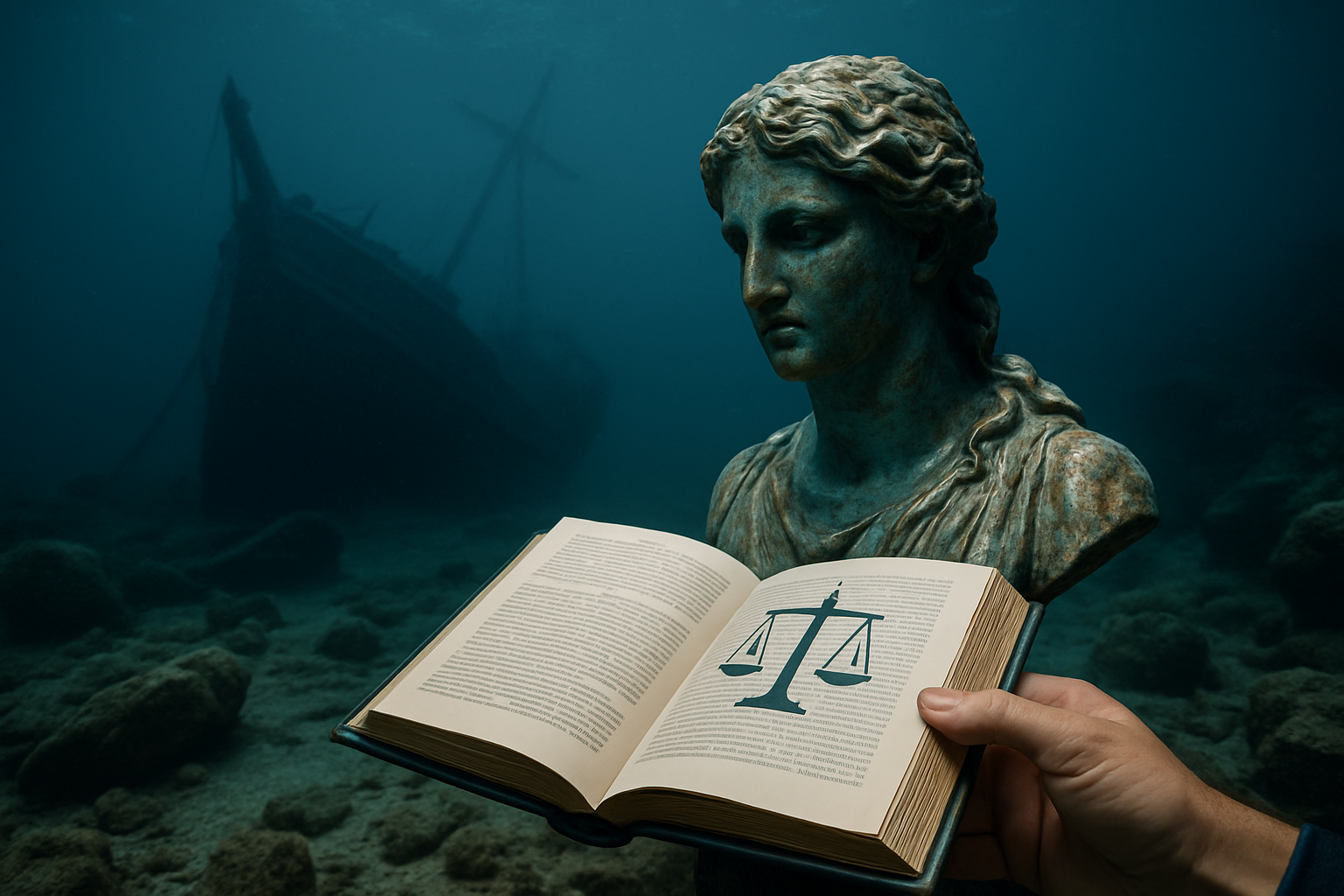Title: Unveiling the Legal Intricacies of Underwater Cultural Heritage
Introduction: Dive into the fascinating world of underwater cultural heritage law, where ancient shipwrecks and submerged cities collide with modern legal frameworks. This article explores the complex legal landscape surrounding the protection and management of underwater treasures, examining international conventions, national legislation, and the delicate balance between preservation and exploration.

The UNESCO Convention on the Protection of the Underwater Cultural Heritage
In 2001, the United Nations Educational, Scientific and Cultural Organization (UNESCO) adopted the Convention on the Protection of the Underwater Cultural Heritage. This landmark treaty aims to safeguard underwater cultural heritage sites and promote their preservation for future generations. The convention establishes a framework for international cooperation and sets standards for the research, documentation, and management of underwater archaeological sites.
National Legislation and Jurisdictional Challenges
While the UNESCO Convention provides an overarching framework, individual countries have developed their own laws and regulations to protect underwater cultural heritage within their territorial waters. These national laws often differ in scope and enforcement mechanisms, creating a complex patchwork of legal protections. Jurisdictional issues arise when underwater cultural heritage sites are located in international waters or disputed territories, requiring careful negotiation and cooperation between nations.
The Salvage Law Conundrum
One of the most contentious issues in underwater cultural heritage law is the application of maritime salvage law to historical shipwrecks. Traditionally, salvage law has incentivized the recovery of valuable items from shipwrecks, often leading to the destruction of archaeological context. Many countries have moved to exclude historical shipwrecks from salvage law, prioritizing preservation over commercial exploitation. However, this shift has sparked debates over property rights and the role of private sector involvement in underwater archaeology.
Balancing Preservation and Scientific Research
Legal frameworks for underwater cultural heritage must strike a delicate balance between preservation and scientific research. While protection is paramount, overly restrictive regulations can hinder valuable archaeological investigations. Many countries have implemented permitting systems that allow for controlled scientific excavations while ensuring proper documentation and conservation of recovered artifacts. These systems aim to promote responsible research while safeguarding the integrity of underwater sites.
Emerging Technologies and Legal Challenges
Advancements in underwater exploration technologies have revolutionized the field of marine archaeology, but they also present new legal challenges. Remote sensing techniques and autonomous underwater vehicles have made it easier to locate and document submerged sites, raising questions about ownership of data and intellectual property rights. Additionally, the use of these technologies in international waters has led to discussions about the need for updated legal frameworks to address the ethical and practical implications of their deployment.
The Role of International Cooperation
Given the transboundary nature of many underwater cultural heritage sites, international cooperation is crucial for effective protection and management. Regional agreements and bilateral treaties have emerged as important tools for addressing shared heritage resources. These agreements often establish mechanisms for joint research, conservation efforts, and dispute resolution, fostering a collaborative approach to underwater cultural heritage management.
Public Engagement and Education
Legal frameworks for underwater cultural heritage increasingly recognize the importance of public engagement and education. Many countries have incorporated provisions for public access to underwater sites and recovered artifacts, promoting awareness and appreciation of marine heritage. Virtual reality and digital reconstruction technologies offer new opportunities for public interaction with underwater cultural heritage, challenging lawmakers to address issues of digital rights and online accessibility.
Conclusion
The legal landscape surrounding underwater cultural heritage is as deep and complex as the oceans themselves. As technology advances and our understanding of marine archaeology grows, legal frameworks must evolve to meet new challenges and opportunities. Striking the right balance between preservation, research, and public engagement will be crucial in ensuring that the treasures beneath the waves continue to illuminate our shared human history for generations to come.





